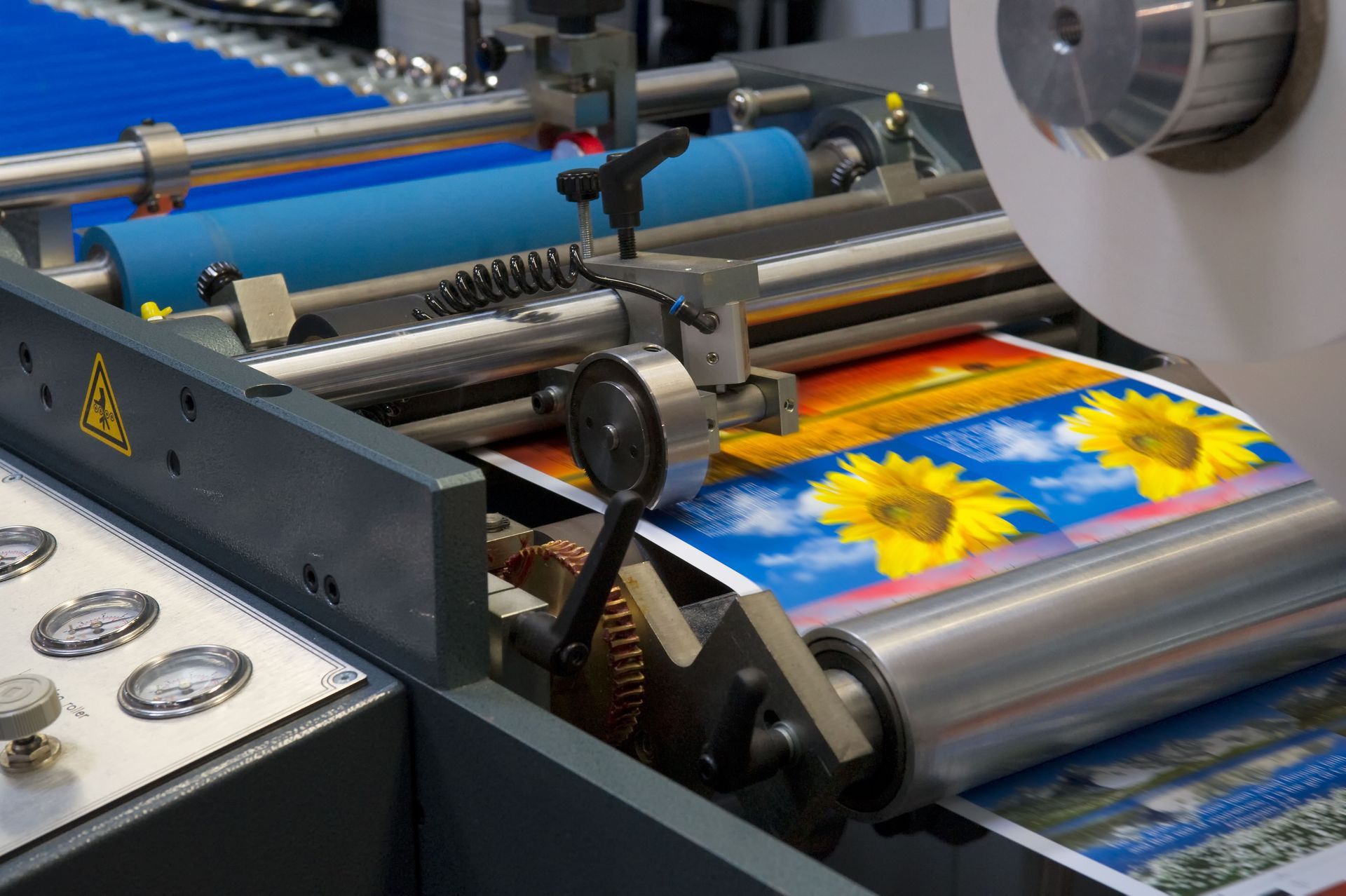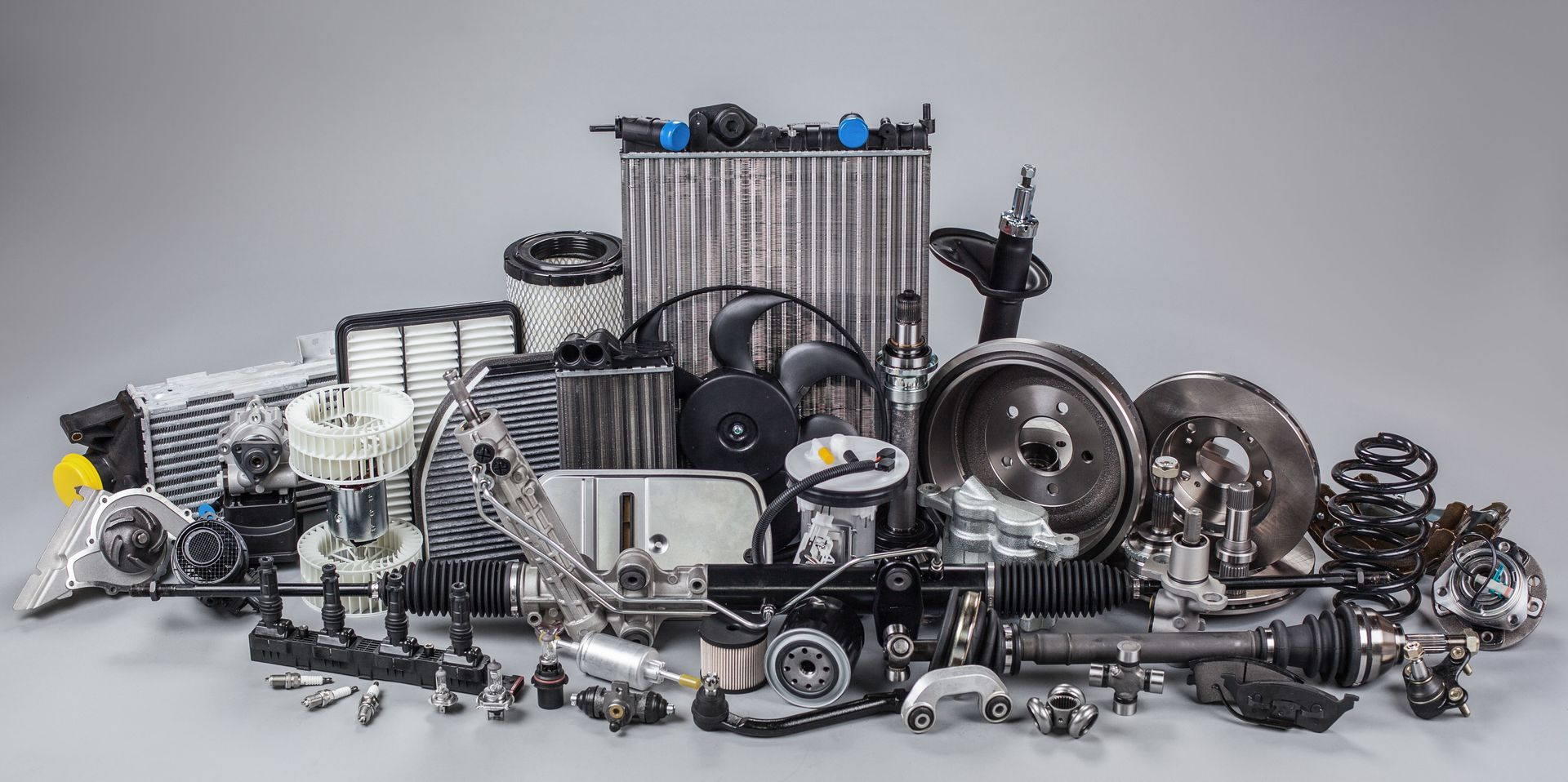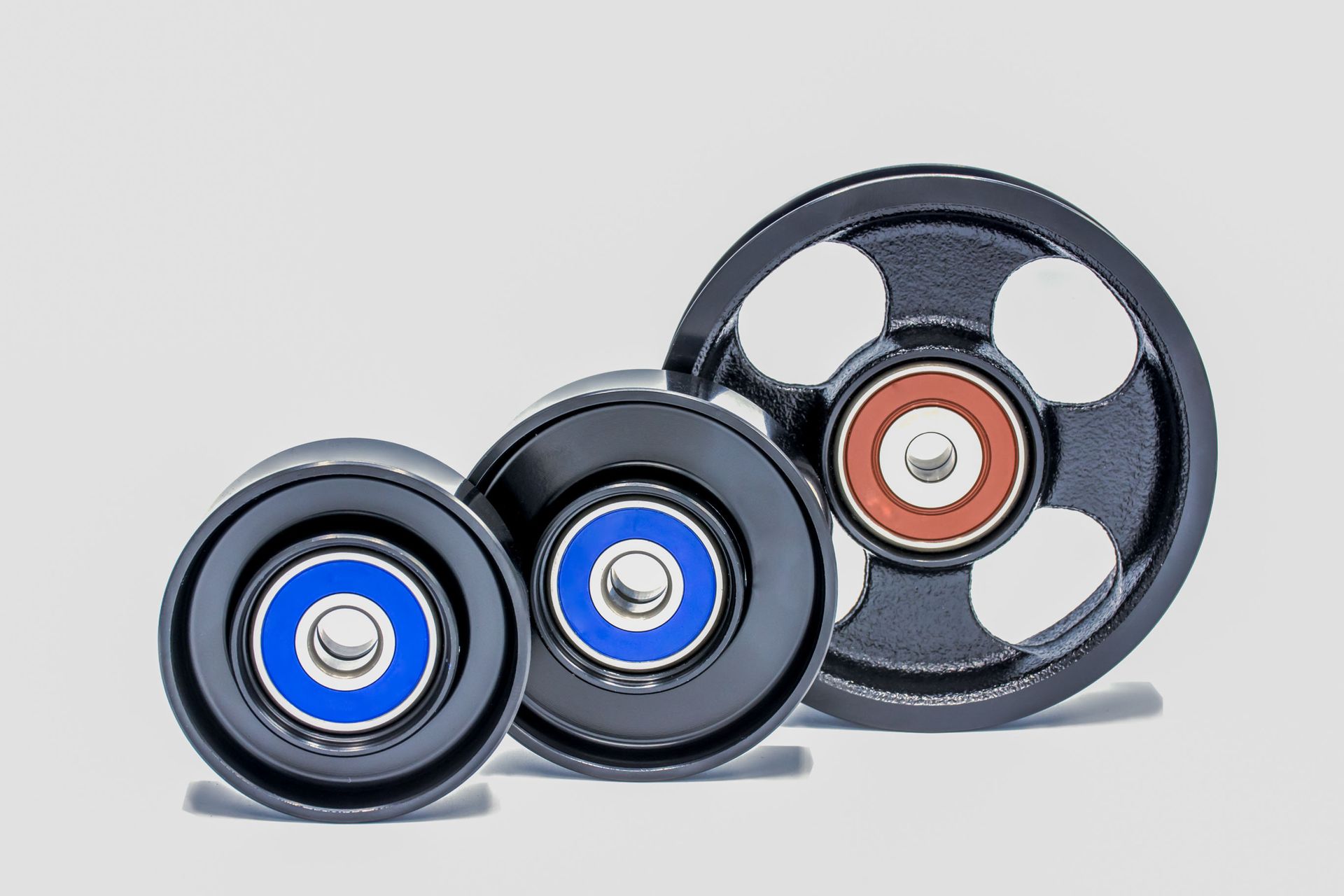August 26, 2025
In modern manufacturing, precision, efficiency, and sustainability are paramount, with rubber rollers serving as vital components. These versatile tools ensure high standards across industries like printing, textiles, and food processing. Their adaptability, durability, and customization meet diverse production needs, enhancing quality and operational excellence.
According to Inometa, rubber rollers range in size from 0.5-inch to over 24-inch diameters and lengths from a few inches to over 12 feet, showcasing their flexibility. As manufacturing advances with automation and eco-friendly trends, rubber rollers remain essential for achieving precision, reliability, and sustainable practices in dynamic industrial landscapes.
Understanding Rubber Rollers
Definition and Composition
Rubber rollers are cylindrical components with a metal core coated in rubber or similar polymers, designed to withstand diverse physical and chemical conditions. The rubber coating, ranging from soft for delicate handling to hard for high-pressure tasks, determines durability and performance. According to Inometa, rubber rollers range in size depending on the application, with diameters from 0.5 inch to over 24 inches and lengths from a few inches to more than 12 feet, showcasing their versatility.
Types of Rubber Rollers
Rubber rollers come in various types, such as feed, nip, and guide rollers, each tailored for specific manufacturing tasks. Their surface texture and hardness influence precision and grip, ensuring compatibility with diverse production protocols. This adaptability makes rubber rollers essential for maintaining accuracy across applications.
Historical Development
The evolution of rubber rollers parallels advancements in manufacturing. Initially limited, they became more sophisticated as material science and engineering progressed. This historical adaptability highlights their role in meeting the growing demands of modern industries.
Material Properties and Advantages
Rubber rollers offer tensile strength, elasticity, and thermal stability, enabling use in varied environments. Their resistance to chemicals and abrasion extends operational life, reducing maintenance costs. These properties make rubber rollers economically and operationally advantageous.
Applications Across Industries
Rubber rollers are vital in industries like textiles, printing, and food processing. Their size versatility, as noted by Inometa, allows customization to meet specific production needs, enhancing efficiency and precision in diverse manufacturing processes.
Precision in Manufacturing Processes
The Importance of Precision
Precision ensures product quality, minimizes waste, and meets regulatory standards. Rubber rollers contribute by enabling accurate material handling, reducing deviations, and supporting consistent outcomes, making them indispensable in precision-driven industries.
Precision Tools and Techniques
Rubber rollers work alongside tools like alignment systems and sensors to optimize performance. Their integration with advanced techniques enhances manufacturing accuracy, streamlining processes and ensuring uniformity.
Role of Rubber Rollers in Achieving Precision
Rubber rollers ensure precise alignment, pressure, and material movement, minimizing inconsistencies in processes like printing and textile production. Their versatility across industries underscores their critical role in maintaining high precision standards.
Case Studies of Precision Manufacturing
In printing, rubber rollers ensure defect-free outputs, while in textiles, they maintain fabric uniformity. These examples demonstrate how rubber rollers uphold precision, enhancing quality and operational efficiency.
Future Trends in Precision Manufacturing
Emerging trends, including automation and eco-friendly materials, are shaping the future of rubber rollers. Advanced designs and sustainable practices will further enhance their role in precision manufacturing, aligning with environmental and technological advancements.
Rubber Rollers in Printing
Offset Printing Applications
In offset printing, rubber rollers are crucial for even ink distribution across printing plates. Their precision supports accurate multilayer color applications, ensuring high-quality outputs and operational reliability.
Reducing Print Defects
Rubber rollers minimize defects like smudging by maintaining consistent pressure and ink transfer. Proper selection and maintenance of rollers enhance print quality, reducing errors and boosting efficiency.
Maintenance and Longevity
Regular cleaning and inspection prevent residue buildup, while material selection enhances durability. These practices extend the lifespan of rubber rollers, ensuring cost-effective and reliable printing operations.
Innovations in Printing Rollers
Advancements in materials and surface finishes improve roller performance and durability. Customizable designs meet specific printing needs, enhancing quality and productivity in offset printing processes.
Industry Examples
Commercial printing facilities rely on tailored rubber rollers for high-volume outputs. Their role in maintaining quality and precision highlights their importance in achieving customer satisfaction and operational success.
Enhancing Efficiency in Textile Manufacturing
Role of Rubber Rollers in Textile Production
Rubber rollers handle fabrics delicately during spinning and finishing, ensuring precision and preventing damage. Their customizable sizes and configurations support consistent textile quality across diverse applications.
Textile Calendering Processes
In calendering, rubber rollers apply heat and pressure to smooth fabrics, ensuring uniform texture and finish. Their precision in controlling thickness enhances the quality of high-performance textiles.
Precision in Fabric Coating
Rubber rollers ensure even coating application, maintaining fabric quality and reducing material waste. This precision supports sustainable manufacturing by optimizing resource use and enhancing product aesthetics.
Customization for Textile Applications
Tailored roller designs, including specific textures and materials, improve textile handling efficiency. Customization enhances workflow, ensuring cost-effectiveness and high production standards.
Efficiency Improvements and Innovations
Advances in roller design and automation increase processing speeds and durability. Improved materials and integration with smart technologies optimize textile manufacturing, reducing costs and enhancing performance.
Advancements in Food Processing
Usage in Food Handling and Processing
Rubber rollers streamline food handling, sorting, and packaging. Their flexibility and customizable hardness ensure efficient operation under varying conditions, supporting smooth production processes.
Meeting Health and Safety Standards
Made from food-grade materials, rubber rollers meet stringent hygiene standards. Anti-microbial surfaces reduce contamination risks, ensuring compliance and enhancing food safety.
Enhancing Food Quality through Precision
Rubber rollers maintain product integrity by ensuring accurate handling and sorting. This precision improves food quality, meeting consumer expectations and regulatory requirements.
Durability in Harsh Environments
Rubber rollers withstand cleaning chemicals and temperature fluctuations, ensuring reliable performance in food processing. Their durability reduces replacement costs, offering operational savings.
Innovations and Future Prospects
Ongoing research into materials and automation enhances roller performance. As food processing evolves, rubber rollers will adapt, integrating with smart technologies to improve efficiency and sustainability.
Challenges and Future of Rubber Rollers
Common Challenges in Implementation
High material costs and complex customization pose challenges. Effective planning and collaboration are needed to ensure seamless integration and cost-effective use of rubber rollers.
Technological Advancements
Innovations like laser-guided calibration and nanotechnology enhance roller precision and versatility. These advancements promise to redefine their capabilities in manufacturing.
Environmental Considerations
Sustainable practices, including eco-friendly materials and recycling, reduce the environmental impact of rubber rollers. Bio-based polymers are emerging as greener alternatives, aligning with global sustainability goals.
Evolving Industry Standards
Regulatory changes drive compliance in material selection and environmental impact. Manufacturers adopt innovative solutions to meet evolving standards, ensuring market alignment.
The Future of Rubber Rollers
The future of rubber rollers lies in customization, automation, and sustainability. Advances in material science will enhance performance, ensuring their continued relevance in precision manufacturing.
Rubber rollers are indispensable in modern manufacturing, driving precision, efficiency, and quality across industries like printing, textiles, and food processing. Their adaptability, supported by innovations in materials, automation, and eco-friendly practices, ensures they meet evolving demands. By addressing challenges like cost and customization, rubber rollers will continue to shape manufacturing’s future. Their role in reducing waste, enhancing sustainability, and maintaining high standards underscores their enduring value.
As industries embrace advanced technologies and environmental stewardship, rubber rollers will remain pivotal in delivering cost-effective, high-quality, and sustainable solutions that uphold precision and foster innovation globally. Reach out to Contact Rubber Corporation to learn more about rubber rollers and their impact on modern manufacturing!




